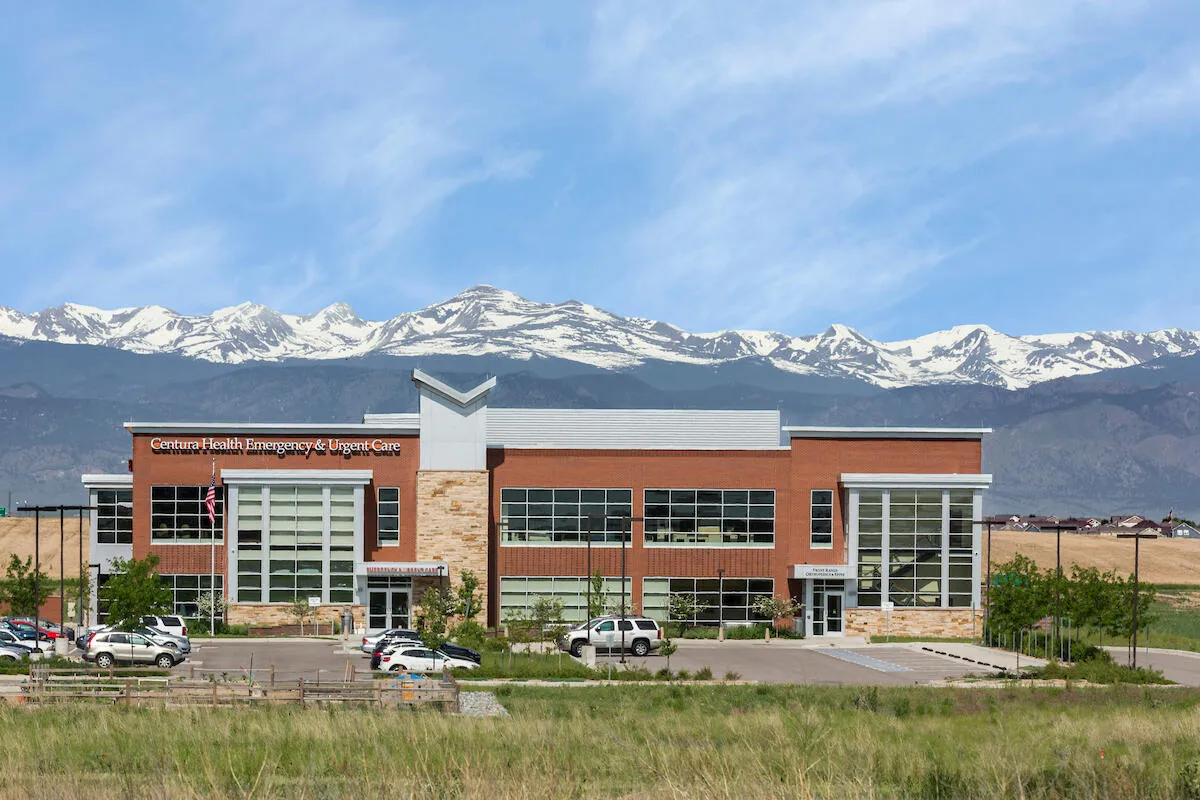Technologists use 3D printing to aid cancer treatment

LOVELAND — Time waits for no one, or so said Keith Richards and Mick Jagger of the Rolling Stones in a song of that name. The same is true of technology.
Yet sometimes people wait for technology to catch up.
Medical technologists in multiple fields have been laboring since the advent of 3D printing in manufacturing to apply its principles to medicine. And having success.
Consider:
This year, a Cleveland Clinic doctor received FDA approval for 3D-printed airway stents designed to fit the individual patient.
Doctors have begun to use 3D printed…
THIS ARTICLE IS FOR SUBSCRIBERS ONLY
Continue reading for less than $3 per week!
Get a month of award-winning local business news, trends and insights
Access award-winning content today!





